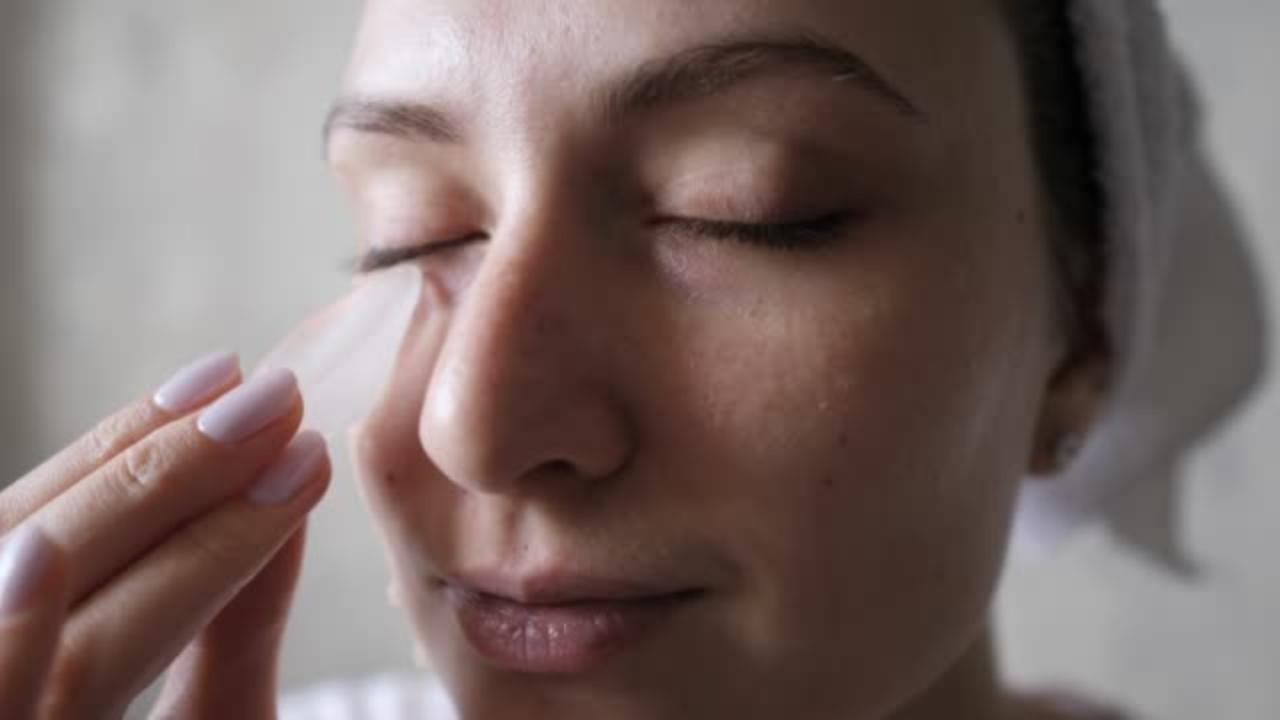Proponents of this chilly skincare swear by its benefits. But how real are these claims and does skin icing truly deserve a spot in your daily skincare routine? Experts debunk myths

Image for representational purposes only. Photo Courtesy: iStock
Similar to Korean skincare known as ‘Jamsu,’ skin icing is emerging as a trendy skincare hack. B-town divas like Deepika Padukone, Katrina Kaif and Tamannaah Bhatia among others swear by it while running us through its benefits, on social media. Skin icing involves gently massaging the face with ice cubes or specialised ice rollers. Proponents of this chilly skincare claim it reduces puffiness, tightens pores and brightens the complexion. But how real are these claims and does skin icing truly deserve a spot in your daily skincare routine?
The real efficacy of skin icing remains a topic of debate among dermatologists and skincare experts. While there is some truth to its benefits—cold temperatures can constrict blood vessels, which might temporarily reduce puffiness and give a more toned appearance—these effects are generally short-lived. To find out about the effectiveness of skin icing, Midday consulted skin experts and dermats who break down for us the science behind skin icing.
What is skin icing?
A skin hack, not so modern, it finds roots in ancient beauty rituals. Empresses and royals from Russia and China reportedly used ice or cold water to keep their skin glowing, believing it to have rejuvenating and anti-aging properties.
 Subscribe today by clicking the link and stay updated with the latest news!" Click here!
Subscribe today by clicking the link and stay updated with the latest news!" Click here!






